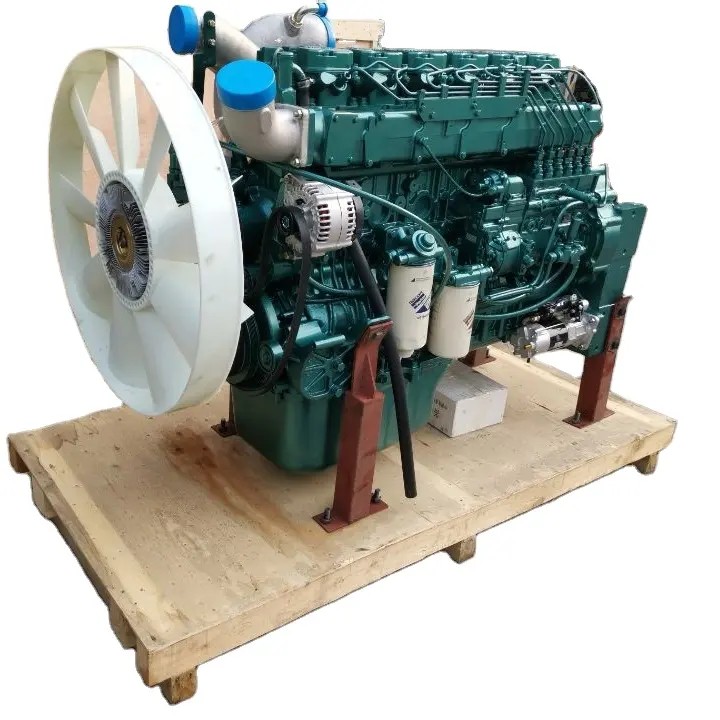 English
English Esperanto
Esperanto  Afrikaans
Afrikaans  Català
Català  שפה עברית
שפה עברית  Cymraeg
Cymraeg  Galego
Galego  Latviešu
Latviešu  icelandic
icelandic  ייִדיש
ייִדיש  беларускі
беларускі  Hrvatski
Hrvatski  Kreyòl ayisyen
Kreyòl ayisyen  Shqiptar
Shqiptar  Malti
Malti  lugha ya Kiswahili
lugha ya Kiswahili  አማርኛ
አማርኛ  Bosanski
Bosanski  Frysk
Frysk  ភាសាខ្មែរ
ភាសាខ្មែរ  ქართული
ქართული  ગુજરાતી
ગુજરાતી  Hausa
Hausa  Кыргыз тили
Кыргыз тили  ಕನ್ನಡ
ಕನ್ನಡ  Corsa
Corsa  Kurdî
Kurdî  മലയാളം
മലയാളം  Maori
Maori  Монгол хэл
Монгол хэл  Hmong
Hmong  IsiXhosa
IsiXhosa  Zulu
Zulu  Punjabi
Punjabi  پښتو
پښتو  Chichewa
Chichewa  Samoa
Samoa  Sesotho
Sesotho  සිංහල
සිංහල  Gàidhlig
Gàidhlig  Cebuano
Cebuano  Somali
Somali  Тоҷикӣ
Тоҷикӣ  O'zbek
O'zbek  Hawaiian
Hawaiian  سنڌي
سنڌي  Shinra
Shinra  Հայերեն
Հայերեն  Igbo
Igbo  Sundanese
Sundanese  Lëtzebuergesch
Lëtzebuergesch  Malagasy
Malagasy  Yoruba
Yoruba  অসমীয়া
অসমীয়া  ଓଡିଆ
ଓଡିଆ  Español
Español  Português
Português  русский
русский  Français
Français  日本語
日本語  Deutsch
Deutsch  tiếng Việt
tiếng Việt  Italiano
Italiano  Nederlands
Nederlands  ภาษาไทย
ภาษาไทย  Polski
Polski  한국어
한국어  Svenska
Svenska  magyar
magyar  Malay
Malay  বাংলা ভাষার
বাংলা ভাষার  Dansk
Dansk  Suomi
Suomi  हिन्दी
हिन्दी  Pilipino
Pilipino  Türkçe
Türkçe  Gaeilge
Gaeilge  العربية
العربية  Indonesia
Indonesia  Norsk
Norsk  تمل
تمل  český
český  ελληνικά
ελληνικά  український
український  Javanese
Javanese  فارسی
فارسی  தமிழ்
தமிழ்  తెలుగు
తెలుగు  नेपाली
नेपाली  Burmese
Burmese  български
български  ລາວ
ລາວ  Latine
Latine  Қазақша
Қазақша  Euskal
Euskal  Azərbaycan
Azərbaycan  Slovenský jazyk
Slovenský jazyk  Македонски
Македонски  Lietuvos
Lietuvos  Eesti Keel
Eesti Keel  Română
Română  Slovenski
Slovenski  मराठी
मराठी  Srpski језик
Srpski језик
How to replace the right truck engine
2025-05-23
Replacing a truck engine is a complex project that can bring significant performance improvements. The key is to choose a suitable engine and install and match it correctly. The following are the complete steps and suggestions for replacing a truck engine:
1. Clarify the purpose of replacement
You first need to clarify why you want to replace the engine:
The original engine is damaged or aging
Increase power (horsepower, torque)
Fuel saving/environmental protection level
Replace with a more maintainable model
Legal emission requirements
2. Choose the right truck engine
Match the original vehicle parameters
You need to consider the following factors:
Engine brand and model (such as Cummins, Isuzu, Yuchai, Weichai, etc.)
Power output (matching the gearbox tolerance range)
Torque output (matching axles and transmission systems)
Emission standards (such as National IV, National V, National VI)
Consider adaptability
Whether it matches the original vehicle chassis (Engine compartment space, bracket position)
Is it compatible with the original gearbox (manual/automatic)
Is the cooling system compatible with the new engine
Compatibility of the electronic control system (ECU, sensor)
New and old selection
New engine: reliable but expensive
Refurbished engine: economical but need to choose a reputable merchant
Disassembled engine: cost-effective but risky

3. Other parts that must be replaced/checked simultaneously
Engine bracket/fixing seat
Gearbox interface (flywheel housing, clutch matching)
Drive shaft adjustment
Exhaust system adaptation
Oil circuit, intake system
Engine wiring harness/computer program matching
Instrument system (tachometer, water temperature gauge, etc.)
If you are interested in our products or have any questions, please feel free to contact us and we will reply you within 24 hours.




